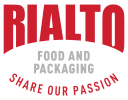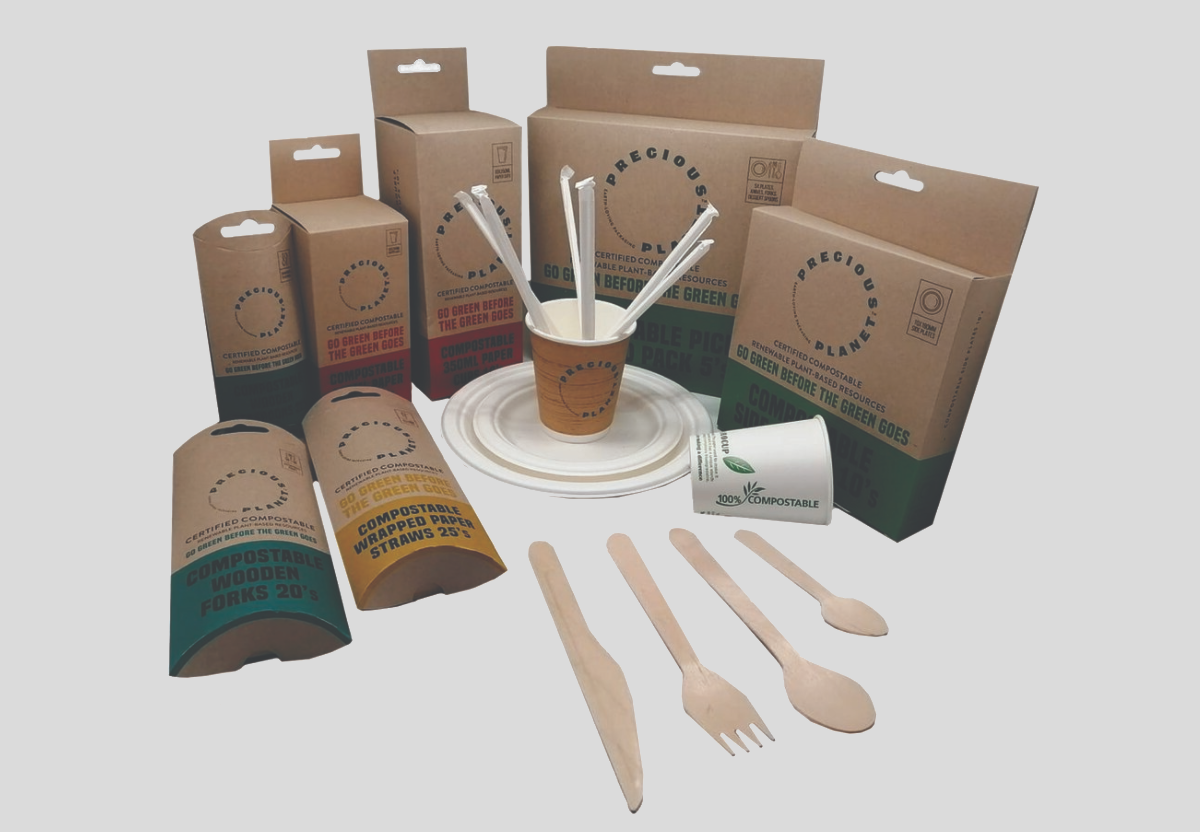During the past few years with the spotlight on plastic pollution and the effect packaging has on the environment, it has had a positive effect on the industry, by creating a larger selection of packaging options. With both the supplier and consumer becoming more aware of landfills filling up, brand image and being responsible towards protecting our planet, a variety of innovative eco-friendly packaging choices have been developed.
Companies have pledged to become zero waste or only to use enviro-friendly packaging to reach their sustainable packaging targets within a certain time period. Nestle is to switch 90% of the Smarties range to new sustainably sourced packaging, currently 10% of the products are packed in recyclable paper packaging. “It is a further step in realising Nestle’s ambition to make all of our packaging recyclable or reusable by 2025 and to reduce our use of virgin plastics by one third in the same period” (Alexander von Maillot, global head of confectionery at Nestle)
In order to achieve the right mix where the correct function of the packaging is maintained by protecting the contents plus being enviro-friendly choices are based on informative decisions.
The life-cycle assessment is used to determine the sustainability of the material. This cycle starts when the raw material is extracted, followed by the manufacturing process, distribution of the finished product, used by the consumer and finally where recycling, disposal or decomposure completes the cycle.
Sustainable Packaging:
Sustainable packaging is safe for people and the environment, and is based on the three ‘Rs” being Reduce, Reuse and Recycle. It gives businesses and consumers the opportunity to rethink and strive for more sustainable options in the market. According to Coca Cola sustainability goals, in 2025 they want to use 100% recyclable or reused packaging and at least 50% of the material for the bottles will be from recycled plastic.
Corrugated cardboard is commonly used for packaging as it is affordable and reusable. Cardboard is used to ship over 90% of all products in the USA. A lot of cardboard is produced from recycled paper and can be recycled up to 25 times before it is composted.
Compostable Packaging:
Material made for compostable packaging is either home or commercially compostable. Commercially compostable material needs to be sent to a facility where decomposure takes place within a waste system. Compostable packaging is defined as biodegradable and takes less than 3 months to fully decompose under the correct conditions. See our Precious Planet range of certified compostable packaging.
Biodegradable Packaging:
The term “biodegradable” is broadly used to describe an item which is capable of natural decomposition without causing harm to the environment. Biodegradable packaging is made from natural materials like corn and sugar cane. Examples of biodegradable food packaging on the market are cups, plates and food containers.
Recyclable Packaging:
Cardboard boxes, molded pulp forms and paper are identified as recyclable packaging which is commonly used in all industries. At post-consumer stage the paper packaging goes into a recycling bin and taken to a facility where it is soaked, chopped, cooked, pulped, strained, cleaned, bleached and reformed. It is important that the paper is not contaminated by any residue as the recycling process is sensitive to grease and food particles which can cause an entire batch to be sent to the landfills. At the end of its life cycle paper easily decomposes and is diverted from landfills.
Reusable Packaging:
Reusable packaging is one of the best eco-friendly options available, but not always ideal. Common examples are glass bottles, gas cylinders and pallets. The feasibility of reusable packaging is determined by the consumer’s willingness to return the containers to the original supplier. In situations where it works well the ultimate usage of the packaging is achieved
A collective effort is required to reduce plastic pollution, starting with grassroot levels. The selection of eco-friendly packaging alternatives contributes towards a plastic-free lifestyle. In conjunction with using eco-friendly choices, proper management and infrastructure for the recycling and reuse of existing plastic must be in place. The launching of “clean-up” campaigns, education programmes on recycling and the “zero-waste” philosophy of companies to be supported by governments and consumers in an effort to saving our planet.
As the consumer becomes more aware of the impact modern lifestyles have on the planet, the pro-environment movement to protect our planet increases and also becomes a trend. Businesses and companies have also benefited from this movement. In a survey done by Unilever, 21% of the consumers stated they would actively support brands with sustainability credentials.
At Multi-cup Solutions we offer a wide range of disposable and enviro-friendly food and beverage packaging options, meeting the requirements of the eco-conscious consumer. We, as a company are very aware of the impact packaging has on the environment and are constantly pursuing new innovative alternatives to save our precious planet.
Contact your representative or browse our website for more details on our products.









Leave A Comment
You must be logged in to post a comment.